Canary Nest: Tips for Creating a Suitable Nest Environment for Canary Breeding
Are you a canary breeder looking to create the perfect nest for your canary? Discover our tips on how to create best environment for canary breeding.

Canaries are delightful birds, known for their vibrant colors and melodious songs. Breeding canaries can be a rewarding experience, but it requires creating an optimal environment for them to nest and raise their young. In this article, we'll explore practical tips to help you set up the perfect nest environment for canary breeding.
Key Takeaways:
- Understand the importance of selecting the right location and cage for canary breeding.
- Learn about the different nest options and materials that can be used.
- Discover how to maintain the nest environment to encourage successful breeding.
Selecting the Perfect Location
The location of the canary cage is crucial for successful breeding. Canaries need a quiet, calm environment, away from direct sunlight and drafts. The ideal location should be stable in temperature and away from the hustle and bustle of the household. This helps the birds feel secure and undisturbed, creating a comfortable environment that canaries will love.
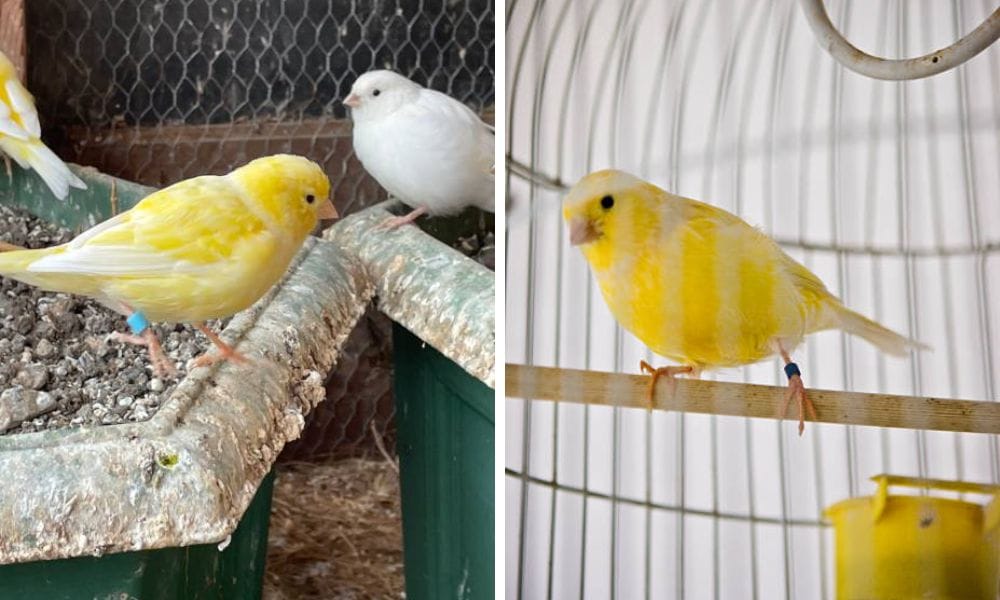
Choosing the Right Cage
When it comes to selecting a cage for your birds, size and style matter. A cage that is too small can cause stress and inhibit breeding. Opt for a larger cage that allows the birds to fly and exercise. Ensure the cage is wide and deep enough to accommodate a nest, providing ample nesting space, and still allow room for the canaries to move freely. Metal cages are often preferred as they are durable and easy to clean.
Setting Up the Nest
Setting up the nest is a crucial step in providing a comfortable and safe space for your canary to breed and lay eggs. Here are some tips to help you set up the nest:
- Choose a Quiet and Private Location: Position the nest in a part of the cage that is away from drafts and direct sunlight. This helps create a serene environment where your canary can feel secure.
- Secure Attachment: Use the provided adapters or holder to firmly attach the nest to the cage. This ensures the nest remains stable and doesn’t shift or fall, providing a safe space for your canary.
- Optimal Height: Place the nest at a height that is easily accessible for your canary. This makes it convenient for the bird to enter and exit the nest without difficulty.
- Cozy Bedding: Add soft bedding materials like wood shavings or paper-based products to the nest. This makes the nest inviting and comfortable for your canary to lay eggs.
- Cleanliness: Ensure the nest is clean and free from any debris or bacteria. Regular cleaning helps maintain a healthy environment for your canary and its future chicks.
Plastic Canary Nest Selection Results in Success
The choice of nest item can greatly impact breeding success. Canaries accept a variety of nests, including those made from bamboo or other natural materials. The nest should be securely attached to the cage and positioned in a sheltered corner to provide privacy. Offer a selection of nests to see which style your birds prefer.
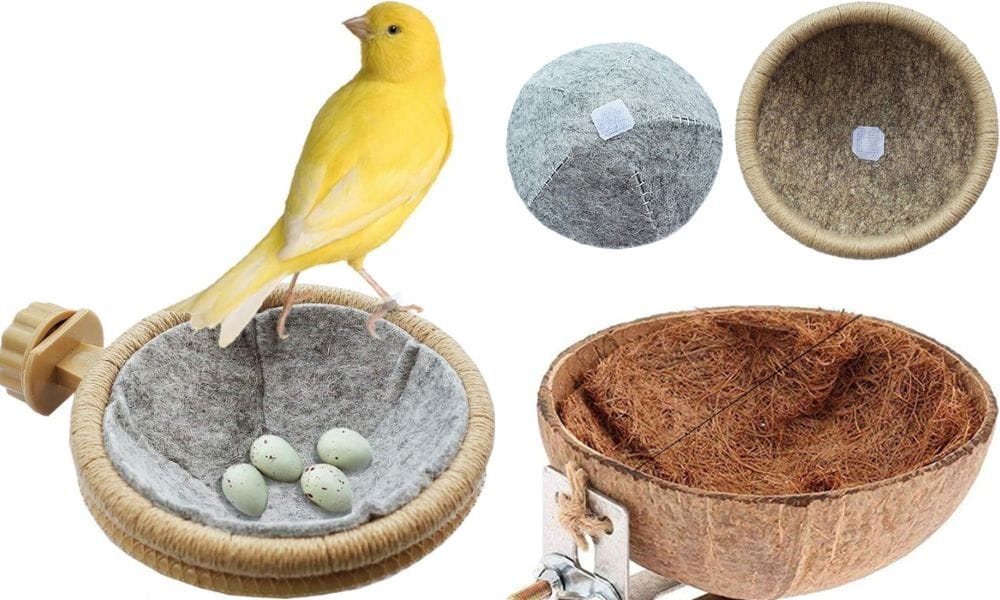
Understanding Canary Nesting Behavior
Canaries are fascinating creatures, and their nesting behavior is a subject of great interest for bird enthusiasts. When preparing for breeding, canaries search for a location that feels secure and comfortable. Observing your bird's behavior can provide valuable insights into their preferences. They often exhibit signs of readiness by fluttering around potential nesting sites or carrying nesting materials. It's important to monitor these behaviors closely, as they indicate the ideal time to introduce a proper canary nest. By understanding these natural tendencies, you can better cater to your canary's needs and increase the likelihood of successful breeding. Feel free to dive into details in our additiona blog about canary nest below.
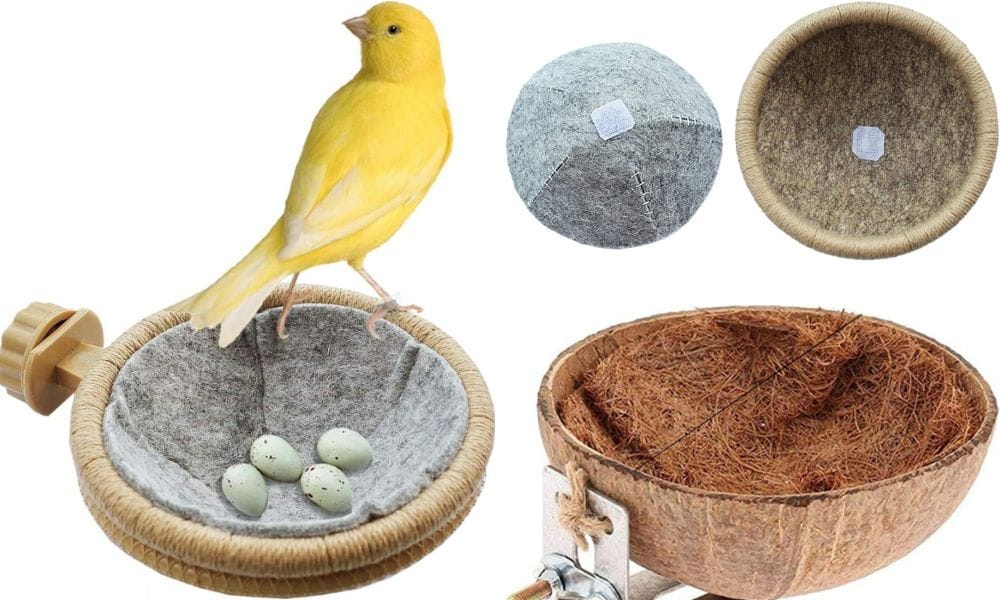
To further support your canary during the breeding season, it's essential to recognize the signs of a bird in search of the perfect nesting spot. Canaries will often become more vocal and active when they're ready to nest. They might also start to shred available materials, signaling that it's time to provide them with the right stock of nesting materials. Paying attention to these behaviors and responding promptly ensures that your canary feels secure and ready to breed, which is crucial for their well-being and the success of the breeding process. Some nests can be made from coconut shell, wood box, or using plastic walls as a Nest
Enhancing Your Knowledge with Online Resources
In today’s digital age, a wealth of information is available at our fingertips. For canary enthusiasts looking to deepen their understanding of nest preparation, numerous sites offer complete guides and images that can be invaluable. By conducting a simple search with the title “canary nest preparation,” you can find a plethora of resources that provide detailed instructions and tips. These sites often include links to reputable stockists where you can purchase high-quality nesting materials and cages, ensuring you have everything you need to create an optimal breeding environment. Additionally, you can check our blog with our Guide to Canary Nest below or on our website. Don't forget to check product reviews to learn from other customers' experiences and make informed decisions.
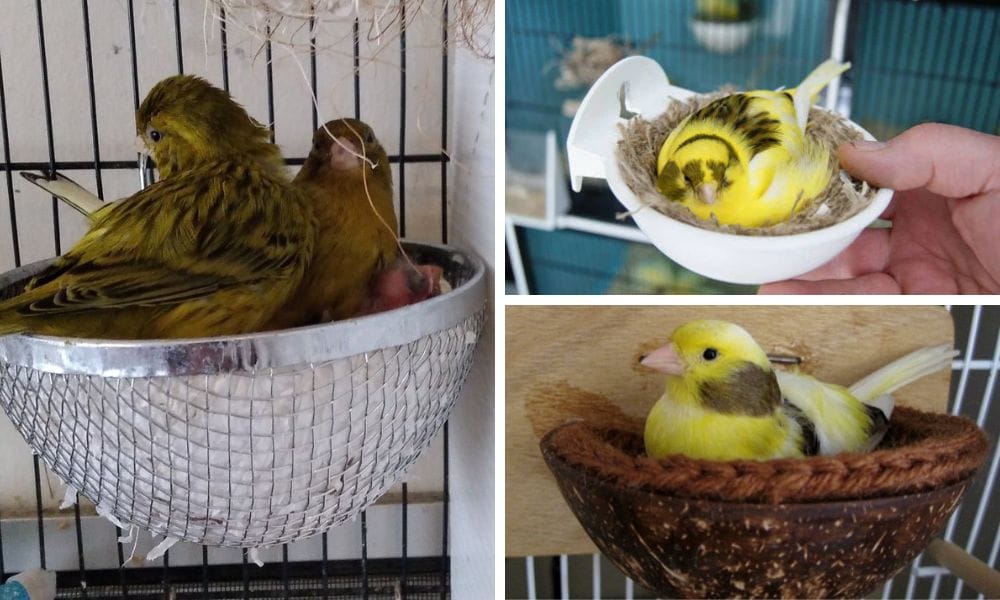
Moreover, engaging with online birding communities can be incredibly beneficial. These platforms allow you to sign up and connect with other canary breeders who can share their experiences and advice. By exchanging information and images, you can gain new insights and ideas for setting up your canary’s nesting environment. Some sites even offer dia-based (diameter-specific) recommendations for nest sizes, which can be particularly helpful when selecting the right nest for your canary. Always ensure that the information you find is up-to-date and from a credible source to provide the best care for your feathered friends.
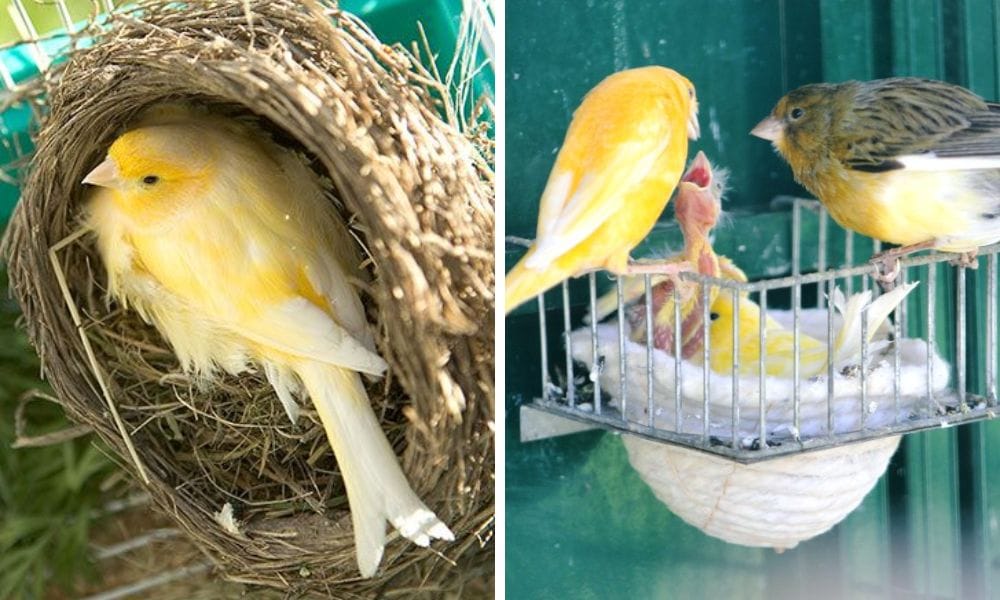
Creating a Breeding-Friendly Environment
Creating a breeding-friendly environment is essential for encouraging your canary to breed and lay eggs. Here are some tips to help you create a conducive environment:
- Spacious Cage: Provide a cage with ample room for your canary to fly and exercise. A spacious cage reduces stress and promotes overall well-being.
- Good Ventilation: Ensure the cage is well-ventilated and maintained at a comfortable temperature. Proper airflow and temperature control are crucial for your canary’s health.
- Balanced Diet: Offer a balanced diet that includes a variety of fruits, vegetables, and grains. A nutritious diet supports your canary’s health and breeding capabilities.
- Fresh Water: Always provide a source of fresh water. Hydration is vital for your canary’s health, especially during the breeding season.
- Consistency and Stability: Maintain a consistent routine and minimize stress. A stable environment helps your canary feel secure, which is important for successful breeding.
Providing the Right Nesting Materials
Once you've chosen a nest, it's time to add the right materials. Canaries will save time and energy if you provide soft materials like cotton, burlap, or coconut fiber. These materials help the birds create a comfortable and inviting nest for their eggs. Avoid using materials that could pose a risk to the birds or their offspring.
Maintaining the Nest Environment
Regularly check the nest to ensure it remains clean and free from parasites. Refresh the nesting materials as needed and remove any soiled or damp sections. A clean nest is vital for the health of the canary family and the success of the breeding process.
Monitoring and Interaction
Observation is key during the breeding season. Use the comment section of your full page of notes to record behaviors, egg-laying, and feeding patterns. However, it's important to minimize contact during this sensitive time to avoid disturbing the birds. Trust that your preparation will lead to a successful breeding season.
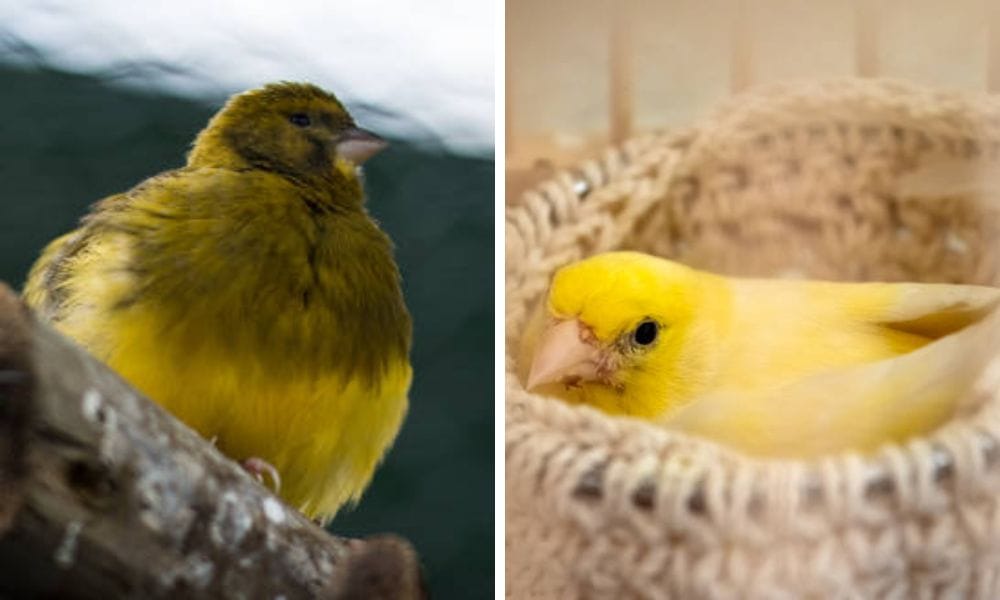
Common Mistakes to Avoid
When it comes to setting up a plastic canary nest, there are several common mistakes to avoid. Here are some of them:
- Insufficient Space: Ensure the nest is large enough to accommodate your canary comfortably. A diameter of at least 4 inches and a depth of 2 inches is recommended to provide adequate space.
- Insecure Nest: Make sure the nest is securely attached to the cage using the provided adapters or holder. This prevents the nest from falling or shifting, which could disturb the canary.
- Neglecting Cleanliness: Regularly clean the nest to prevent the buildup of bacteria and debris. A clean nest is essential for the health of the canary family.
- Uncomfortable Environment: Ensure the cage is well-ventilated, maintained at a comfortable temperature, and provides ample room for your canary to fly and exercise. An uncomfortable environment can hinder breeding success.
- Lack of Monitoring: Keep an eye on your canary’s behavior and adjust the nest and environment as needed. Monitoring helps ensure your canary’s comfort and well-being, which is crucial for successful breeding.
By following these tips and avoiding common mistakes, you can create a suitable nest environment that encourages successful canary breeding.
Summary
Creating a suitable nest environment for canary breeding involves careful selection of location, cage, and nest style, as well as providing the right materials and maintaining a clean and stable environment. By following these tips, you can increase the chances of a successful breeding season and enjoy the beauty of raising canaries.
FAQ Section
Q: What type of nest should I use for canary breeding? A: Canaries are not particularly picky, but they often prefer nests made from natural materials like bamboo. Offer a variety of nest styles and let your birds choose what they like best.
Q: How often should I replace the nesting materials? A: You should review and refresh the nesting materials whenever they become soiled or damp. It's important to keep the nest clean to ensure the health of the canary family.
Q: Is it necessary to interact with the canaries during the breeding season? A: While it's important to monitor the canaries, it's equally important to minimize contact during the breeding season to avoid disturbing them. Keep interactions to a necessary minimum and observe from a distance when possible.

